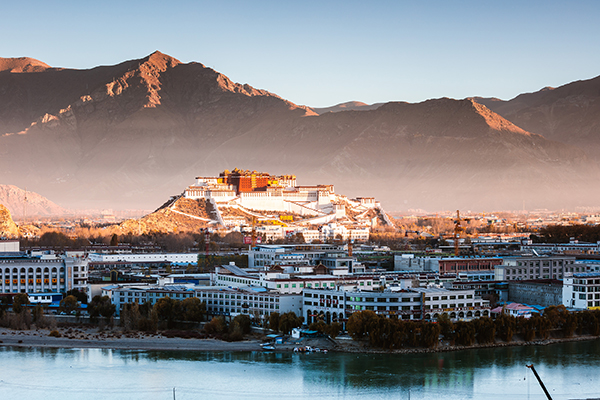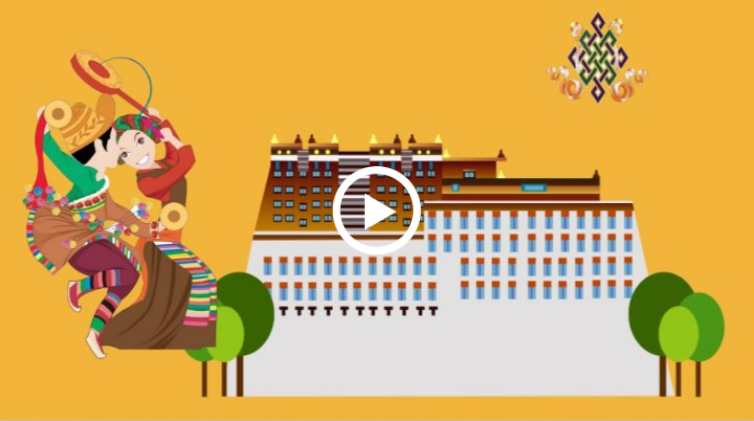Tibet registers continuous rapid growth in rural income: White paper
Updated: 2021-05-21 (Xinhua)  Print
Print 



BEIJING -- Southwest China's Tibet autonomous region has seen 18 years of double-digit growth in per capita disposal incomes of rural residents, said a white paper issued on Friday.
In 2020, the per capita disposable income in Tibet doubled in comparison with 2010, said the document titled "Tibet Since 1951: Liberation, Development and Prosperity," issued by China's State Council Information Office.
The average per capita disposal income of rural residents was 14,598 yuan (about $2,271) in 2020, up 12.7 percent year on year, while that of urban residents was 41,156 yuan, a year-on-year rise of 10 percent, it said.
The white paper also said thanks to low-income and affordable housing projects in urban and rural areas, the per capita living space of farmers and herdsmen reached 41.46 square meters in 2020, and that of urban residents reached 33.4 square meters.
Per capita income of formerly poor people in Tibet tops 10,000 yuan: White paper
BEIJING -- The average annual per capita disposable income of those who have got rid of poverty in Tibet exceeds 10,000 yuan (about $1,555), said a white paper issued Friday by China's State Council Information Office.
It is an indication that the positive results of poverty elimination have been consolidated, said the paper titled "Tibet Since 1951: Liberation, Development and Prosperity," adding that it was the democratic reform in Tibet that led to leapfrog progress in its social system, and the fight against poverty secured historic improvements in its ways of life.
Rural revitalization promoted in Tibet: White paper
BEIJING -- Rural revitalization has been promoted in Tibet to make sure the positive results in poverty elimination are consolidated, said a white paper issued Friday by China's State Council Information Office.
In 2017, China proposed the strategy of rural revitalization. Accordingly, the Strategic Plan of Tibet Autonomous Region on Rural Revitalization (2018-2022) was formulated, which set out the overall requirement of building rural areas into places characterized by thriving businesses, an eco-friendly environment, social etiquette and civility, effective governance, and a prosperous rural population, according to the paper titled "Tibet Since 1951: Liberation, Development and Prosperity."








